


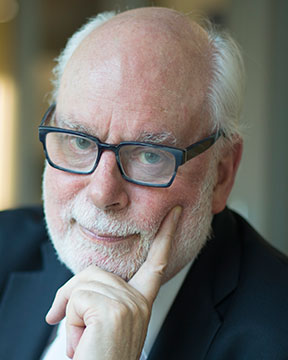
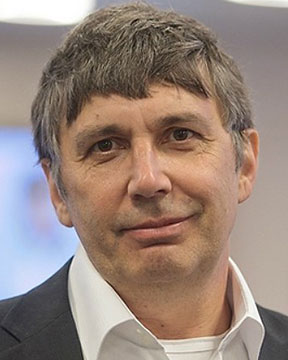
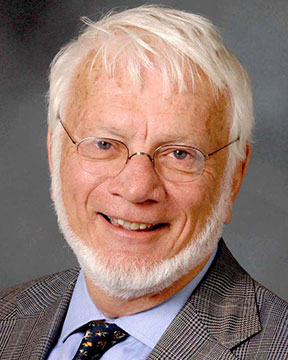
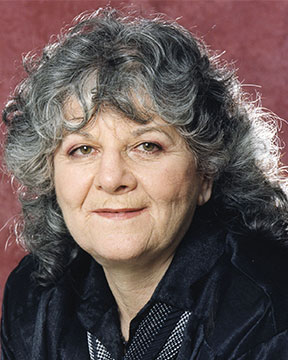
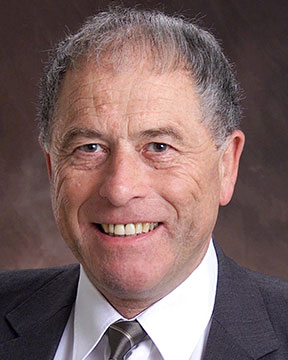












Multitime optimal control theory has been recently used in economics. Here, we develop some ideas using the context of optimal control and differential geometry. Specifically, two problems are analysed: (i) multitime evolution of reproducible resources, and (ii) multitime evolution of non-reproducible resources. The technique is to associate each problem with proper functional (like multiple integral or curvilinear integral) and appropriate constraints (geometric PDEs like m-flows, Goursat-Darboux PDEs, parallelism PDEs, and specific isoperimetric constraints like integrals). When the Hamiltonian is linear affine in the control, we focus on bang-bang and singular optimal controls.
Keywords: Mathematics; Optimal resource economics; Multitime economic dynamics; Bang-bang policy; Goursat-Darboux PDE system;Nonlocal boundary value problems are quite an interesting generalization of classical problems, and at the same time, they are naturally obtained when constructing mathematical models of real processes in physics, engineering, and so on [1]. The Bitsadze-Samarski nonlocal boundary value problem [2] arose in connection with mathematical modeling of processes occurring in plasma physics. Nonlocal boundary value problems for quasilinear differential equations of first order on the plane were considered in the work [3]. An m-point nonlocal boundary value problem for generalized analytic functions is formulated in the works [4-5], where the investigation is carried out by the method of reducing nonlocal boundary value problems to a sequence of Riemann-Hilbert problems. When dealing with questions of optimization for systems with distributed parameters, an important tool is the use of problems of the existence of a generalized solution under discontinuous right-hand parts of the equation. In the work [6], a unified scheme is formulated for proving necessary conditions of optimality for a wide class of problems of optimization of objects with distributed parameters. The extension of the maximum principle to nonlocal boundary value problems can be found in [7], while in [8-11] it is shown that that their numerical solutions are of nontrivial nature. The present paper is dedicated to problems of optimal control, whose behavior is described by linear differential equations of first order on the plane with m-point nonlocal boundary conditions. Necessary and sufficient conditions of optimality are obtained. A theorem on the existence and uniqueness of a generalized solution of the conjugate problem is proved. A numerical algorithm of the solution of an optimal control problem is given.
Keywords: Mathematics; Optimal Control; Nonlocal ProblemsTheory of particle and continuous mechanics is developed, which allows a treatment of deformation in terms of molecular variables "coordinate-momentum-force", instead of the standard treatment in terms of tensor-valued variables "strain-stress". The new concept is based on a representation of the classical mechanics on the surface of Euclidean 6-torus. The six parameters representing the topological dimensions of the torus are responsible for three stretches and three angles related to their orientation in a deformed body. A withdrawal of the strain description from the coordinate system of deformed body to an extended one changes and simplifies essentially all computational basis in particle, continual and statistical mechanics. Instead of stress-strain relation the new constitutive equations contain a dependence of generalized tension forces acting on each atom (or small element of mass) on scalar deformation parameters. In other words, any notions of surface or volume forces could be excluded from statistical and continual mechanics.
The novel concept generates a new type of ensemble with constant tension force NfE. The much simpler principle of virtual work implicit there gives a serious advantage over the widespread isostress ensemble NtE in molecular dynamics (MD) simulations. Besides, the equality of internal tension forces to the boundary forces (traction) enables fully atomistic MD calculations of deformation. In thermodynamic limits, instead of the pressure and volume as state variables, this ensemble employs deformation forces measured in energetic unit and stretch ratios. So the changes might be spread even to formulas in school textbooks.
The governing equations of nonlinear elastostatics for inhomogeneous medium are also formulated. Unlike the standard theory, there is no need for compatibility conditions or the Saint-Venant's principle to justify solutions to boundary value problems in elasticity theory. It suggests a completely different strategy in continual mechanics computations. The conventional algorithms use a finite element analysis for strain-driven constitutive equation. Unlike this, a discretization schema in terms of scalar deformation variables is dealing directly with coordinate dependence of large scale deformation based on fully atomistic foundation. But the most important consequence of derived approach is that the continual mechanics ceases to be a separated and independent branch of theoretical physics, and instead goes over to a part of particle physics. Several key examples illustrate the implementation of the new theory in calculations of statics and dynamics and thermodynamics of deformed solids.
A mathematical analysis has been put forward that deals with, in particular, the flow of a heated Ferro-fluid over a linearly stretching sheet under the action of a magnetic field generated by a magnetic dipole [1]. Mathematical models have been developed for investigating the flow of a biomagnetic viscoelastic fluid over a stretching sheet, as well as in a channel with stretching walls under the action of an externally applied magnetic field generated by a magnetic dipole [2]. A great amount of significant work has been done on sheet stretched with nonlinear velocity. Fluid flow over a nonlinearly stretching sheet has been investigated [3]. In this study, the flow of a biomagnetic fluid over a sheet stretched with a non-linear velocity is studied with an applied magnetic field present in the fluid due to a magnetic dipole and heat transfer in the flow. This study mainly emphasizes the properties of biofluid flow considering two specified circumstances: one is magnetic field and the other one is non-linear velocity of the stretching sheet. Nevertheless, the magnetic field that has been produced by the dipole is strong enough to saturate the biomagnetic fluid flow. A non-linear system of ordinary differential equations has been introduced with some appropriate boundary conditions. They will be consistent with the principles of Ferrohydrodynamics (FHD) and Magnetohydrodynamics (MHD). Through performing non-dimensionalization in the variables involved and then by solving them using a suitable dsolve routine in Maple software graphical representations are produced to show how the flow properties vary with some dimensionless parameters. The parameters that have effects on them are Prandtl number (Pr), biomagnetic interaction parameter (B) and nonlinear stretching parameter (n). After comparing with previously published work, the achieved results seem to be in good agreement. Hopefully, this study is helpful for more accurate understanding of blood flow in human body suffering from arterial or vascular diseases.
Keywords: engineering; physics; Mathematics;The ‘unreasonable’ effectiveness of mathematics in physics was famously proposed as a problem by Eugene Wigner in 1960. The explanation is far from obvious, as the vast bulk of mathematics has never found a significant physical application, while the physical world often resists the easy extensions that mathematics could provide. It is easy, for example, in mathematics to create theories of physics with 10 and 11 dimensions, yet the physical world we observe obstinately refuses to allow more than 3 dimensions of space and 1 of time. Something in physics causes this restriction, which is not a logical outcome of the mathematics. There must be another principle at work. We will propose that the mathematics most successfully used in physics is not an ‘application’ of a pre-existing independent system but a natural growth that emerges with the fundamental concepts it describes, and that nature operates on an astonishingly simple algorithm which is similar to but not identical with the principles of computer science. The physics that results effectively creates its own mathematical structure, which also seems to have applications in biology and other areas of science.
Keywords: Santilli iso- geno- hyper- and isodual-numbers; physics; quantum mechanics; Mathematics;